On June 8 Frank Lloyd Wright was born, considered the creator of organic architecture. He was the first one who in 1939 used this term for the first time (1), but that way of creating architecture was materialized decades earlier by himself and by Gaudí too.
In the early years of the 20th century, both built based on the same principles, although at first glance little seem to have in common the sinuous Gaudinian forms of then with the planes with which Wright mostly composed. The works of these two geniuses synthesized form and function, envelope and content, incorporating light as a design agent, and kept the same respect for the properties and expressiveness of the materials. And above all, they understood that the qualities of spaces are the fundamental aim of architecture.
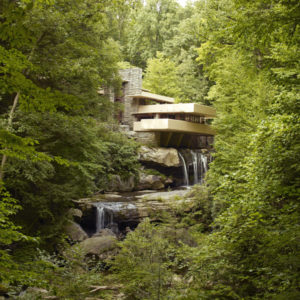
There is no evidence of a contact between them despite having shared fame at the same time, when a tour in 1909 unveiled Wright’s work in Europe. Gaudí’s was already respected and admired, although somewhat misunderstood in its essence.
Both architects saw their inspiration in nature. Gaudí scrutinizing its laws to build in harmony with them. “Nature is my teacher,” he said. Wright treating her with respect and love. Not in vain he say that art is a discovery and development of elemental principles of nature in beautiful forms suitable for human use: “Nature is your book of reference, and in it you study and learn.”
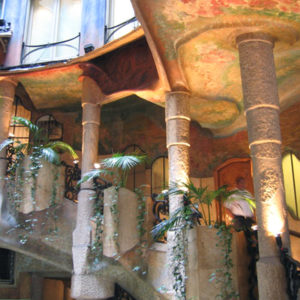
Explanations of Gaudí’s creations seem to be read in his definitions of organic architecture: “Integration, or even the true word ‘organic’, means that nothing has value unless it is naturally related to the whole, in the direction of a vital aim and make it a true part of an entity.”
Wright said that a building is an organism only if its exterior agrees with its interior and both with the character and nature of its purpose, process, place and time. He added: “The nature of the place will be incorporated, the methods with which it is built, and finally the whole – from the lower level to the roof, from the ground to the sky – will be adequate for its purpose.” (4)
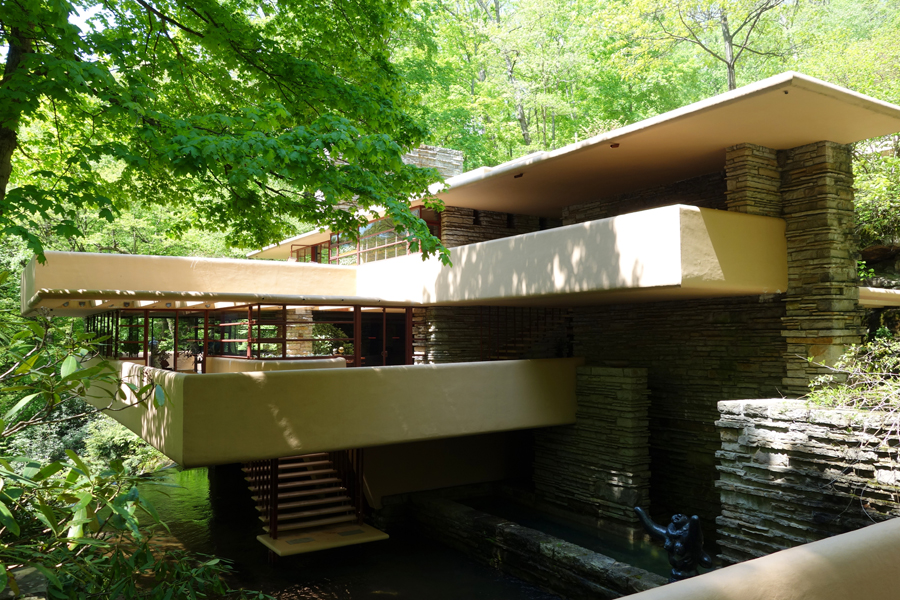
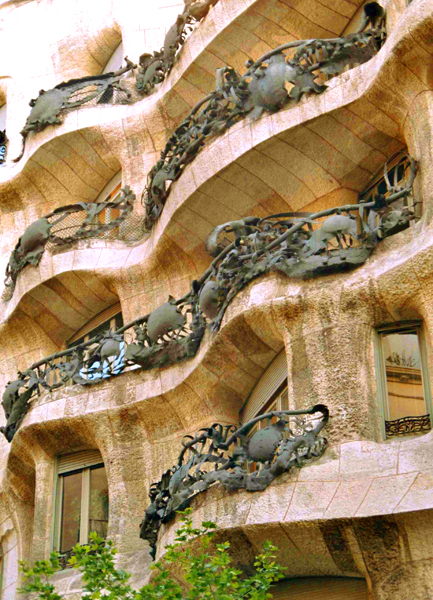
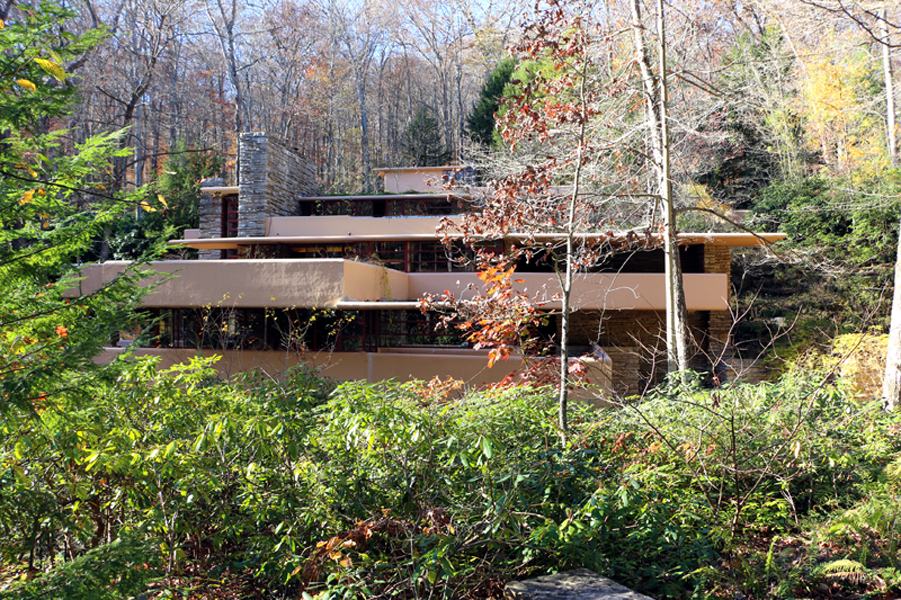
In Wright’s works space flows under a light that shapes, qualifies and defines environments. Interior and exterior form a unit not only visual but contextual, vital, in short, organic. “Garden and building may now be one. In any good organic structure it is difficult to say where the garden ends and where the house begins.”
Exactly the same can be said of many of Gaudí’s works, which make other phrases by his American colleague come true: “Does form follow function? Yes, but what matters more now is that form and function are one. ”
Both laid the foundations for a new conception that followed various paths in its maturation over decades to crystallize in the current trends of respect for the environment materialized in sustainable architecture.

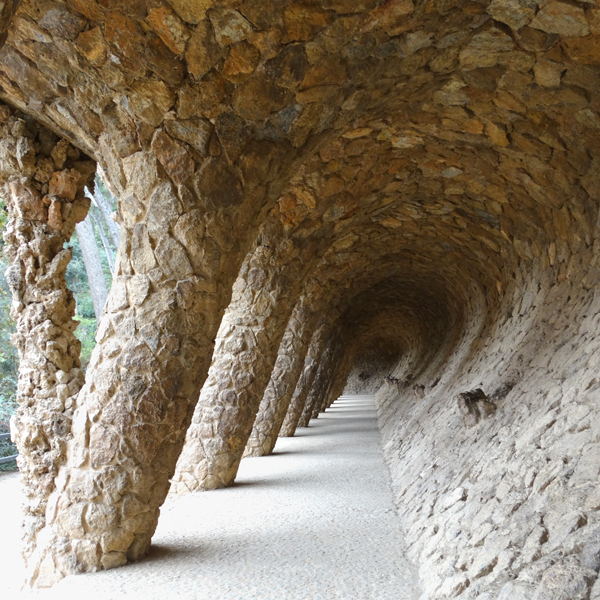
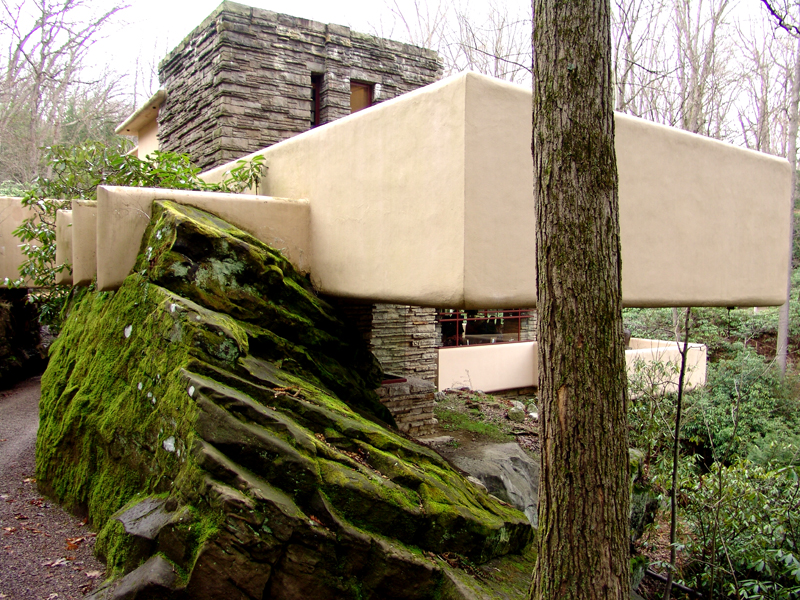
(1) Wright, Frank Lloyd. An Organic Architecture: The Architecture of Democracy. London: Lund, Humphries & Company, Limited, 1939.
(2) Photo: U.S. Library of Congress, Highsmith Archive. Reproduction Number LC-DIG-highsm-04261, Public Domain. https://commons.wikimedia.orgwindex.phpcurid=12022348
(3) Photo: CC BY-SA 3.0 https://commons.wikimedia.orgwindex.phpcurid=555669
(4) Wright, Frank Lloyd. A Testament. New York: Horizon Press, 1957.
(5) Photo: Daderot – Own work, CC0,https://commons.wikimedia.orgwindex.phpcurid=29163815
(6) Photo: Fundación Antonio Gaudí
(7) Photo: Sailko – Own work, CC BY 3.0 https://commons.wikimedia.orgwindex.phpcurid=63746180
(8) Photo: Bob Aronson – Own work, CC BY-SA 4.0 https://commons.wikimedia.orgwindex.phpcurid=62596918
(9) Photo: Fundación Antonio Gaudí
(10) Photo: Lykantrop – Own work, Copyrighted free use, https://commons.wikimedia.orgwindex.phpcurid=3678159

